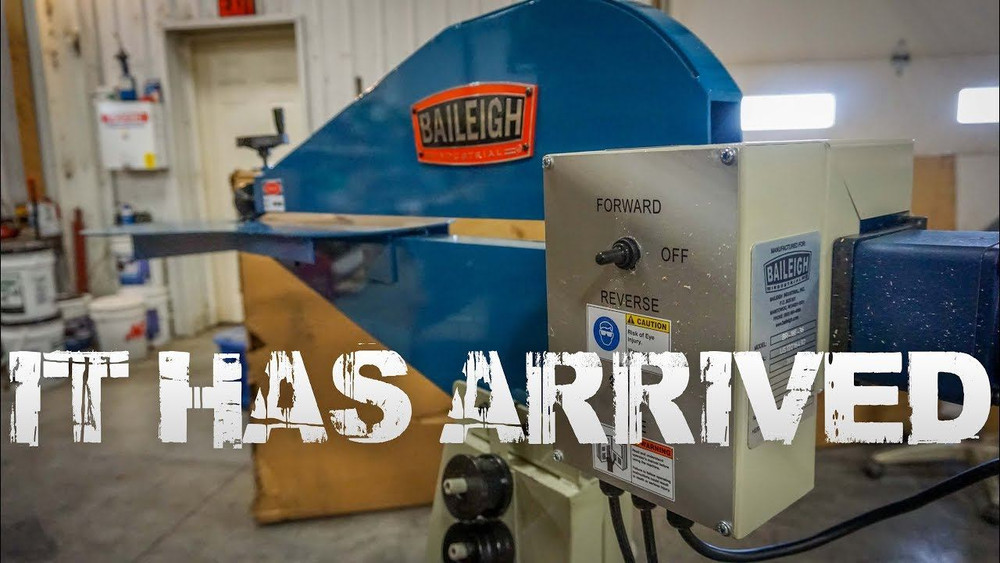Automotive Fabrication: Make the Most of Your Bead Rollers
Posted by Juan E. Chavez on 22nd Aug 2018
Sheet metal is one of the most widely used materials in the automotive industry. These flat pieces of metal undergo various processes so you can build new structures, form a tool, or create a component that becomes part of a car’s machinery.
As a durable, malleable, and low-cost material, they are useful in creating great designs for different vehicles. They can also help you build custom-fabricated parts, allowing you can to do more accurate repair work.
If you’re a fabricator novice, we suggest you invest in a Baileigh bead roller so you can speed up the sheet metal fabrication process. We’ve prepared a guide for beginners and first-time fabricators to help boost production for auto repair facilities.
Don’t Worry About Flexing
Some fabricators assume that flexing metal sheet pieces will cause problems during the bead rolling process. Most sheet metal sheets, however, have some form of flex in them. Using a bead roller helps remove the flexes and strengthen the metal sheet.
Since the metal sheet goes between the bead roller dies (the small, round parts of the machines responsible for shaping, bending, at straightening the sheets), flexing will not affect the bead rolling process. The sheet will eventually reach maximum deflection to prevent flexing.
For good measure, apply pressure to the metal while pushing it through the bead roller dies.
Pay Attention to the Number of Turns
If you want to increase accuracy when creating beads with the same shape and depth, start paying attention to the number of turns you make when using the machine. This requires using the right amount of tension and spacing between the bead roller dies.
You can easily master the process by performing a certain number of turns to get the right results. Count your turns and start producing more accurate beads today.
Keep Your Roller Well-Lubricated
A well-maintained bead roller that’s adequately lubricated provides smooth and efficient operation. So, make sure you clean the machine regularly, especially after you’ve finished working on a large project.
Clean your roller by removing small metal shards stuck between the rollers. Use cleaning liquid to get rid of the dirt. When your roller fails to run smoothly, apply grease to the rollers to keep it running like new again.
Perform Regular Test Runs
Perform a test run before you work on large sheet metal pieces. This will allow you to figure out how much pressure the parts need and the clearance requirement when you turn the sheet metal over and work on the other side of the panel.
Doing test runs beforehand will help you create a beading layout to serve as a guide so you can work on bigger metal pieces effortlessly.
What's in It For You?
Bead rolling machines are one of the most versatile metal working tools. With a functional bead roller, you can make products like floor pans, bomber seats, fender flares, dash inserts, transmission tunnels, and more. Mastering how to use bead rollers properly allow you to create the sharp curves and imitate the distinct OEM shape for a successful restoration.
Let JMC Equipment help you improve the metal fabrication process in your facility. We offer bead rollers in various sizes, styles, and function.
Contact us today.

